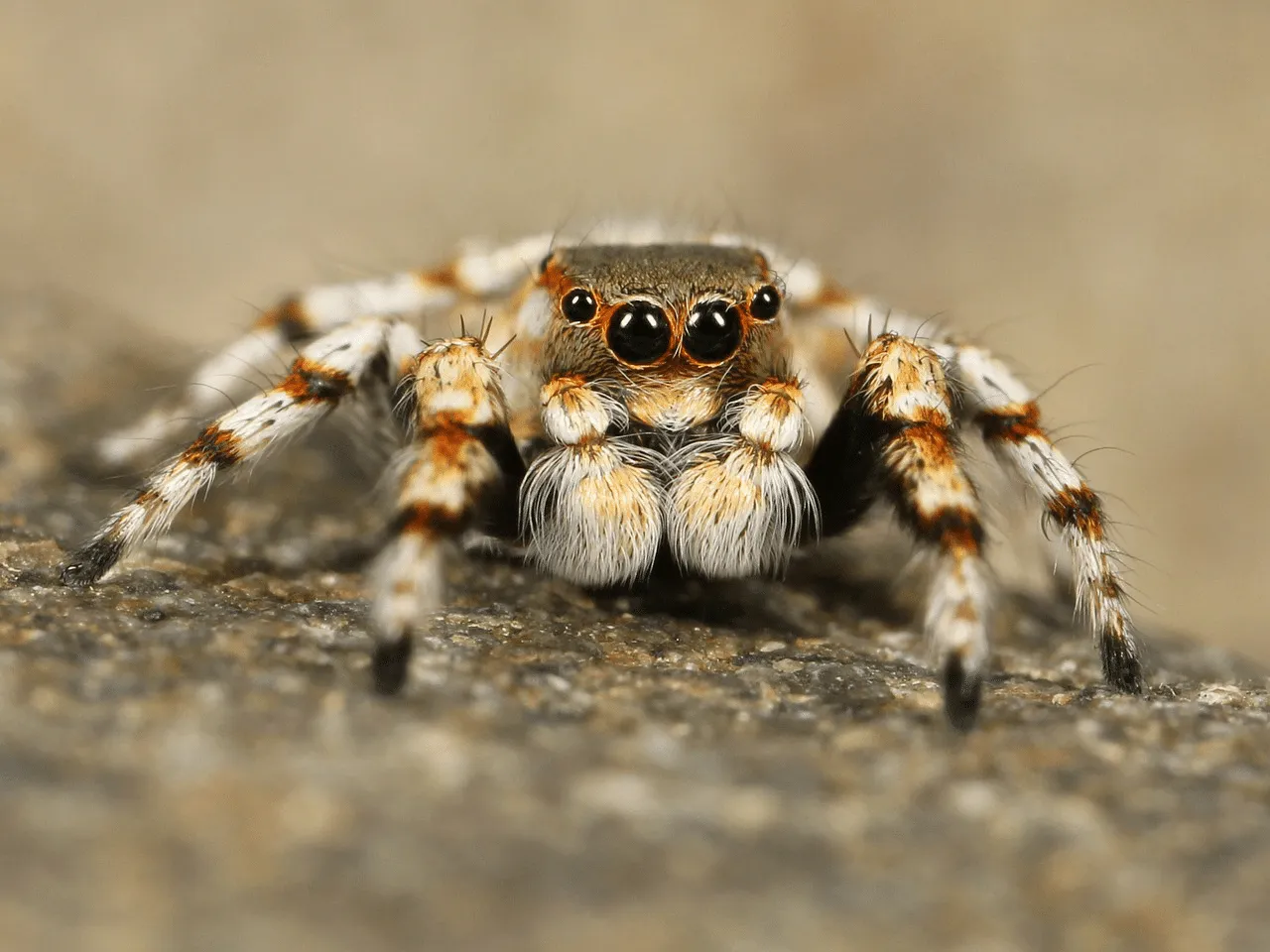What are Tarantulas?
Tarantulas are large, hairy spiders belonging to the Theraphosidae family. These fascinating creatures are known for their impressive size, often sporting leg spans that can reach up to 12 inches or more. Found in various habitats around the world, from tropical rainforests to arid deserts, tarantulas exhibit a wide range of colors and patterns, making them a diverse group within the arachnid family. They are generally nocturnal hunters, using their fangs to inject venom that immobilizes their prey. Despite their intimidating appearance, tarantulas are generally not considered aggressive towards humans, and their venom is usually not life-threatening. These spiders play a vital role in their ecosystems, helping to control insect populations and serving as a food source for other animals. They’ve captured the attention of scientists, pet owners, and nature enthusiasts alike, leading to extensive research and a growing appreciation for these unique creatures. Their ability to adapt to various environments and their complex behaviors make them a captivating subject of study.
What Makes a Tarantula a Tarantula?
Tarantulas possess several distinct features that set them apart from other spiders. They are characterized by their large size, hairy bodies, and a pair of chelicerae, or fangs, that they use to inject venom into their prey. Unlike many other spiders, tarantulas have two pairs of book lungs, which are respiratory organs that allow them to breathe. They also have eight eyes, though their eyesight isn’t particularly acute; they rely more on vibrations and other sensory inputs to navigate their surroundings and locate food. Another defining characteristic is their pedipalps, small leg-like appendages near their mouth that they use for manipulating food and sensing their environment. The presence of urticating hairs on their abdomen is another notable feature; these hairs can be flicked at predators as a defense mechanism, causing irritation. Finally, their relatively long lifespans, especially in females, distinguish them from many other spider species. These characteristics make tarantulas easily recognizable and help them to thrive in their various habitats.
Size and Appearance of Tarantulas
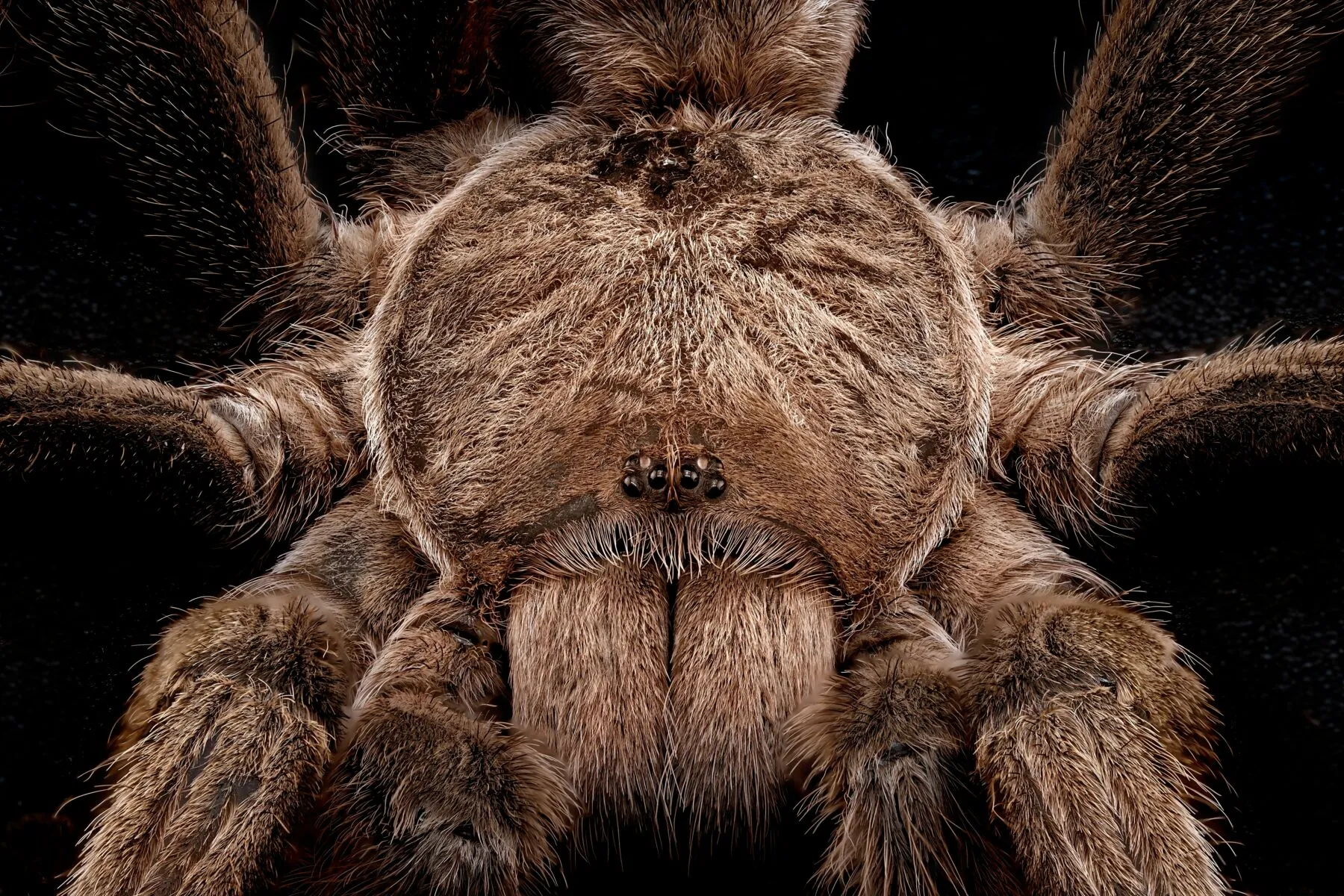
The size and appearance of tarantulas vary significantly depending on the species. Some of the largest tarantulas, such as the Goliath birdeater (Theraphosa blondi), can have leg spans exceeding 12 inches, making them among the biggest spiders in the world. In contrast, smaller species may have leg spans of only a few inches. Their bodies are covered in hairs, which can range in color from brown and black to vibrant hues like blue, orange, or red. These hairs serve various purposes, including sensory perception, camouflage, and defense. Many tarantulas also have intricate patterns on their bodies, adding to their visual appeal. The chelicerae, or fangs, are prominent features and are used for capturing and subduing prey. Their bodies consist of two main parts: the cephalothorax (fused head and thorax) and the abdomen. The abdomen is where the silk-producing spinnerets are located. Overall, the diverse sizes, colors, and patterns make tarantulas a visually captivating group of spiders.
Tarantula Habitats
Tarantulas inhabit a wide variety of environments across the globe, from the dense rainforests of South America to the arid deserts of the southwestern United States. They have adapted to thrive in diverse climates and terrains, showcasing their remarkable resilience. Some species are terrestrial, living in burrows they dig themselves or in abandoned animal dens. Others are arboreal, residing in trees and building webs. Their habitats provide them with shelter, food sources, and protection from predators. The specific habitat preferences vary among different species, but generally, tarantulas prefer environments that offer suitable humidity levels, temperature ranges, and prey availability. The microhabitats within these broader environments can also vary greatly. Some tarantulas favor leaf litter, while others prefer rocky crevices or loose soil. The ability of tarantulas to adapt to a wide range of habitats is a testament to their evolutionary success.
Where Do Tarantulas Live?
Tarantulas are found on nearly every continent, with the exception of Antarctica. They are particularly abundant in tropical and subtropical regions. The Americas are home to a diverse array of tarantula species, including those found in the United States, Mexico, and South America. In Asia, they are found in countries such as India, Thailand, and the Philippines. Several species also inhabit parts of Africa and Australia. Within these regions, tarantulas occupy a range of habitats. Some species are native to grasslands, while others prefer forests or deserts. Their distribution is influenced by factors like climate, food availability, and the presence of suitable shelters. Due to their adaptability, they have established populations in a wide variety of geographic locations. Their presence provides important ecological roles within their respective habitats, contributing to biodiversity and ecosystem health.
Tarantula Behavior and Characteristics
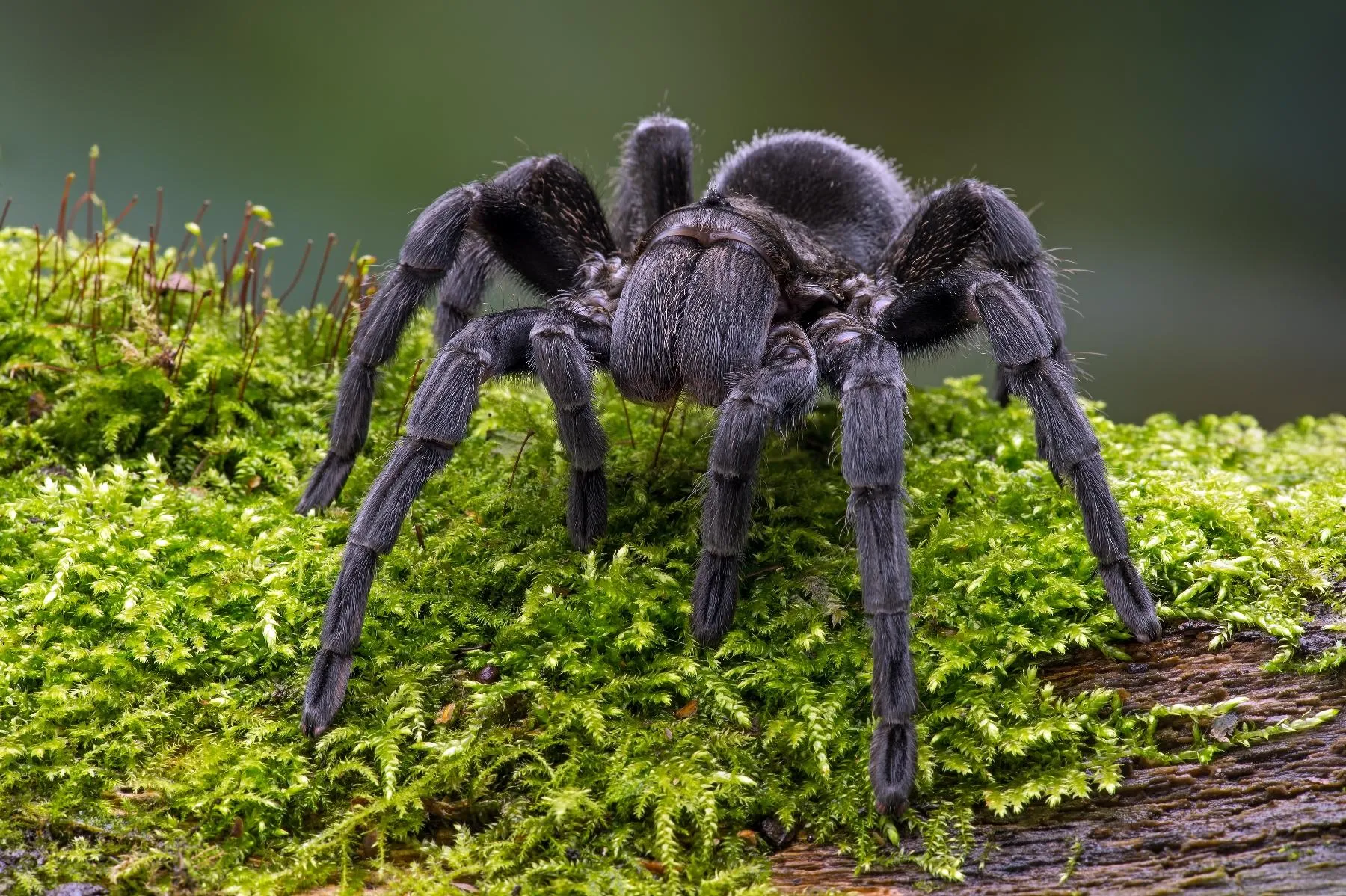
Tarantulas exhibit a range of behaviors and characteristics that contribute to their survival. They are primarily nocturnal hunters, using their keen senses and ambush tactics to capture prey. They are generally solitary creatures, except during mating season. Their defensive behaviors include flicking urticating hairs, raising their front legs, or biting if threatened. Tarantulas possess a complex sensory system, allowing them to detect vibrations, changes in air pressure, and chemical signals, aiding in hunting and avoiding predators. Their movements are often slow and deliberate, reflecting their reliance on ambush predation. They have specialized behaviors for mating, including elaborate courtship rituals. After mating, the female creates an egg sac to protect her eggs, guarding it carefully until the spiderlings hatch. They are known for their longevity, with females often living for over 20 years. This lifespan contrasts sharply with the shorter lifespans of many other spider species.
Hunting and Feeding Habits of Tarantulas
Tarantulas are opportunistic predators with a diet primarily consisting of insects, such as crickets, cockroaches, and mealworms. Larger species may also prey on small vertebrates, including mice, lizards, and even small birds. They typically ambush their prey, using their venomous fangs to paralyze it. They then inject digestive enzymes, which break down the prey’s tissues, allowing the tarantula to consume the liquid nutrients. Feeding frequency varies with the tarantula’s size, age, and the availability of food. Young tarantulas may eat more frequently than adults. They often eat their prey whole, discarding the exoskeleton. The hunting behavior of tarantulas is often triggered by vibrations, which they detect through sensory hairs on their legs. Their hunting strategy is a testament to their adaptation to their environments, allowing them to secure the nutrients necessary for survival and growth. The size and type of prey depend on the size of the tarantula itself.
Tarantula Defense Mechanisms
Tarantulas employ various defense mechanisms to protect themselves from predators. The most well-known defense is the use of urticating hairs, which are barbed hairs on the abdomen that the tarantula can flick at perceived threats. These hairs cause intense itching and irritation upon contact. Some species also resort to biting, using their fangs to inject venom as a defensive measure. Others may raise their front legs, a threat display to ward off potential attackers. They might also retreat into their burrows or seek shelter in crevices. They may also secrete a sticky substance from their spinnerets to deter attackers. Their coloration and patterns can provide camouflage, making them blend with their environment. These defense mechanisms are crucial for their survival in the wild. The combination of these strategies allows them to avoid predation and maintain their place in the ecosystem.
Tarantula Lifecycle
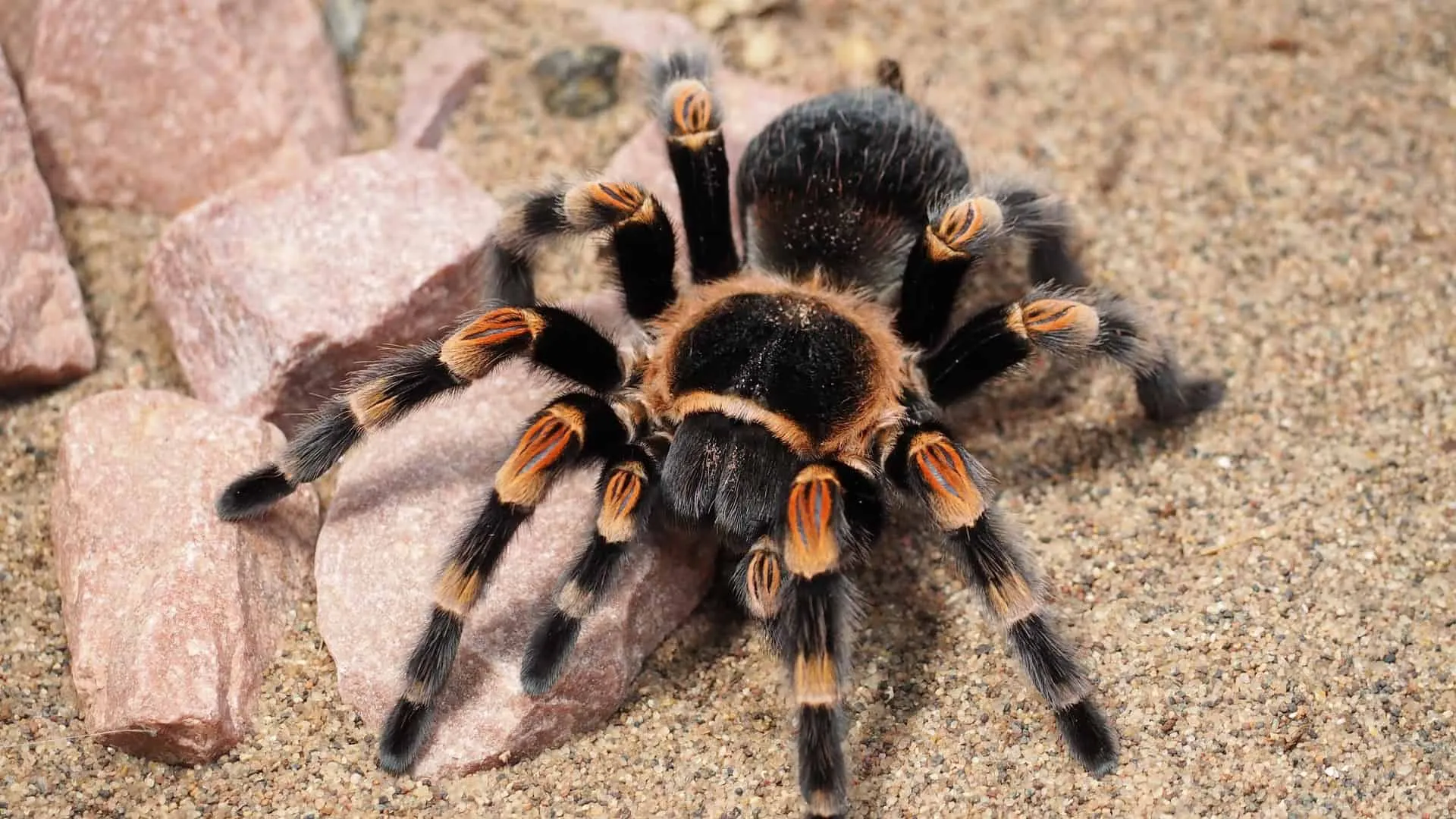
The tarantula lifecycle begins with mating, where the male spider transfers sperm to the female. The female then lays eggs in an egg sac, which she protects and cares for. The eggs hatch into spiderlings, which undergo several molts as they grow. During molting, the tarantula sheds its exoskeleton, allowing it to increase in size. The number of molts varies depending on the species and environmental conditions. Spiderlings develop into juveniles and eventually become adults. The lifespan of a tarantula can vary significantly, with females typically living longer than males. The entire lifecycle can take several years to complete. The process is crucial for growth and development. Every stage in the life cycle is a testament to their resilience and adaptability. Factors such as temperature and food availability can influence the rate of growth and the timing of molts.
Moulting Process in Tarantulas
Molting is a critical process in the tarantula lifecycle, allowing them to grow. As tarantulas grow, they shed their exoskeletons in a process called molting. The process is also known as ecdysis. The tarantula’s body swells, causing the old exoskeleton to split open, usually at the carapace or abdomen. The spider then slowly emerges from the old exoskeleton, leaving behind a complete cast of its former self. During this time, the tarantula is vulnerable and soft, so it seeks a safe place to molt. After molting, the tarantula’s new exoskeleton is soft, and they may not eat for a few days while the new shell hardens. The frequency of molting decreases as the tarantula ages. Molting is not only for growth but also for regenerating lost limbs and internal organs. The successful completion of each molt is essential for the tarantula’s overall health and well-being.
Lifespan of Tarantulas
The lifespan of tarantulas varies significantly depending on the species and sex. Female tarantulas generally live much longer than males. Some female tarantulas can live for over 20 years in captivity, while males typically live for only a few years, often dying shortly after mating. Factors such as diet, habitat, and overall health can influence their lifespan. In the wild, tarantulas face a number of environmental challenges, including predators, limited food resources, and harsh weather conditions, which may shorten their lifespans. In captivity, with proper care, tarantulas can live longer due to controlled environments and access to regular meals. Different species have varying lifespans; some are naturally shorter-lived than others. The longevity of female tarantulas, compared to the shorter lifespans of males, is an intriguing aspect of their biology.
Are Tarantulas Dangerous to Humans?

Generally, tarantulas are not considered highly dangerous to humans. Their venom is not typically life-threatening, although it can cause localized pain, swelling, and other symptoms. They are not aggressive spiders, and they usually only bite if they feel threatened or provoked. The effects of a bite vary depending on the species and the individual’s sensitivity. Some people may experience mild symptoms, while others might have a more pronounced reaction. The main danger associated with tarantulas comes from their urticating hairs, which can cause skin irritation and respiratory problems if inhaled. It’s important to handle tarantulas with care. Always wash your hands after handling a tarantula, and avoid touching your face or eyes. While the venom can cause discomfort, serious medical complications are rare.
Tarantula Bites and Venom
Tarantula bites are infrequent. When a tarantula bites, it injects venom through its fangs. The venom of most tarantulas is not considered medically significant to humans. The effects of a bite vary, but typically include localized pain, redness, swelling, and itching at the bite site. Some individuals may experience muscle cramps, nausea, or headache. The severity of the reaction depends on the species of the tarantula, the amount of venom injected, and the individual’s sensitivity. It’s important to clean the bite wound thoroughly with soap and water. Applying a cold compress can help reduce swelling. Antivenom is rarely required for tarantula bites. If symptoms are severe, such as difficulty breathing or a strong allergic reaction, seeking medical attention is advised.
What to Do if Bitten by a Tarantula?
If bitten by a tarantula, the first step is to remain calm. Clean the bite wound thoroughly with soap and water. Apply a cold compress to the affected area to help reduce swelling and pain. If possible, try to identify the type of tarantula that bit you, as this information can be helpful for medical professionals. Monitor the bite site for any signs of infection, such as increasing redness, swelling, or pus. Seek medical attention if you experience severe symptoms, such as difficulty breathing, dizziness, or a strong allergic reaction. In most cases, tarantula bites are not life-threatening. With proper care and treatment, the symptoms typically subside within a few days. Avoid scratching the bite area, as this can increase the risk of infection.
Keeping Tarantulas as Pets
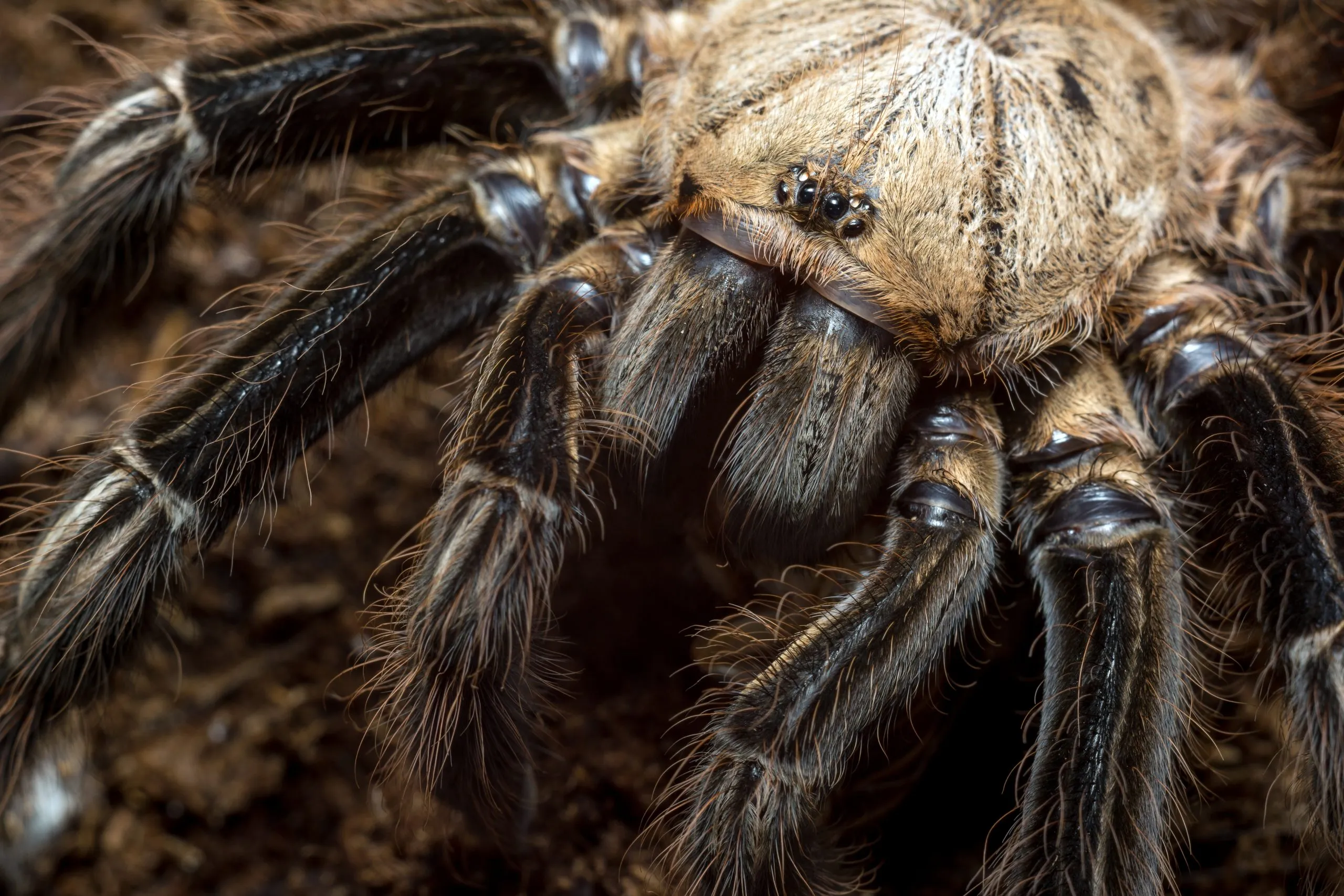
Keeping tarantulas as pets has become increasingly popular. They are relatively low-maintenance pets, and they can be fascinating to observe. Before acquiring a tarantula, research the specific species and its needs. Provide a suitable enclosure, such as a terrarium, that is appropriately sized for the tarantula. Maintain the proper temperature and humidity levels. Feed the tarantula appropriately, usually live insects. Make sure to provide fresh water. Handle the tarantula carefully, as they can be fragile. Regular cleaning and maintenance of the enclosure are essential to ensure the tarantula’s health. Consider your lifestyle. Tarantulas are not interactive pets. If you are new to keeping spiders, start with a beginner-friendly species. Keeping a tarantula can be a rewarding experience for those interested in arachnids.
Choosing a Tarantula
When choosing a tarantula as a pet, several factors should be considered. Research different species to determine which one is best suited to your lifestyle and experience level. Consider the size and temperament of the tarantula. Some species are more docile than others. Beginners may want to start with a terrestrial species, such as a Chilean rose hair tarantula, which are known for their calm nature. Research the specific care requirements of the chosen species, including their preferred habitat, diet, and temperature needs. Ensure that you can provide the appropriate environment for the tarantula to thrive. Consider the tarantula’s potential lifespan, as some species can live for many years. Decide whether you want to handle your tarantula frequently, as some species are more prone to biting or flicking urticating hairs. Choose a tarantula from a reputable source. Choosing the right tarantula involves careful consideration to ensure a positive and fulfilling pet-owning experience.
Caring for a Pet Tarantula
Caring for a pet tarantula requires providing a suitable habitat and meeting its basic needs. Provide an appropriate enclosure, with the correct size and type of substrate. Maintain the correct temperature and humidity levels for the species. Feed the tarantula regularly, usually live insects such as crickets or mealworms. Make sure to provide fresh water in a shallow dish. Handle the tarantula carefully and avoid unnecessary handling, as it can cause stress. Clean the enclosure regularly to remove uneaten food and waste. Monitor the tarantula for any signs of illness or stress, such as loss of appetite or unusual behavior. Be prepared to provide veterinary care if needed. Research the specific needs of your species to ensure that you are providing the best possible care. Proper care is crucial for the tarantula’s health and longevity.
